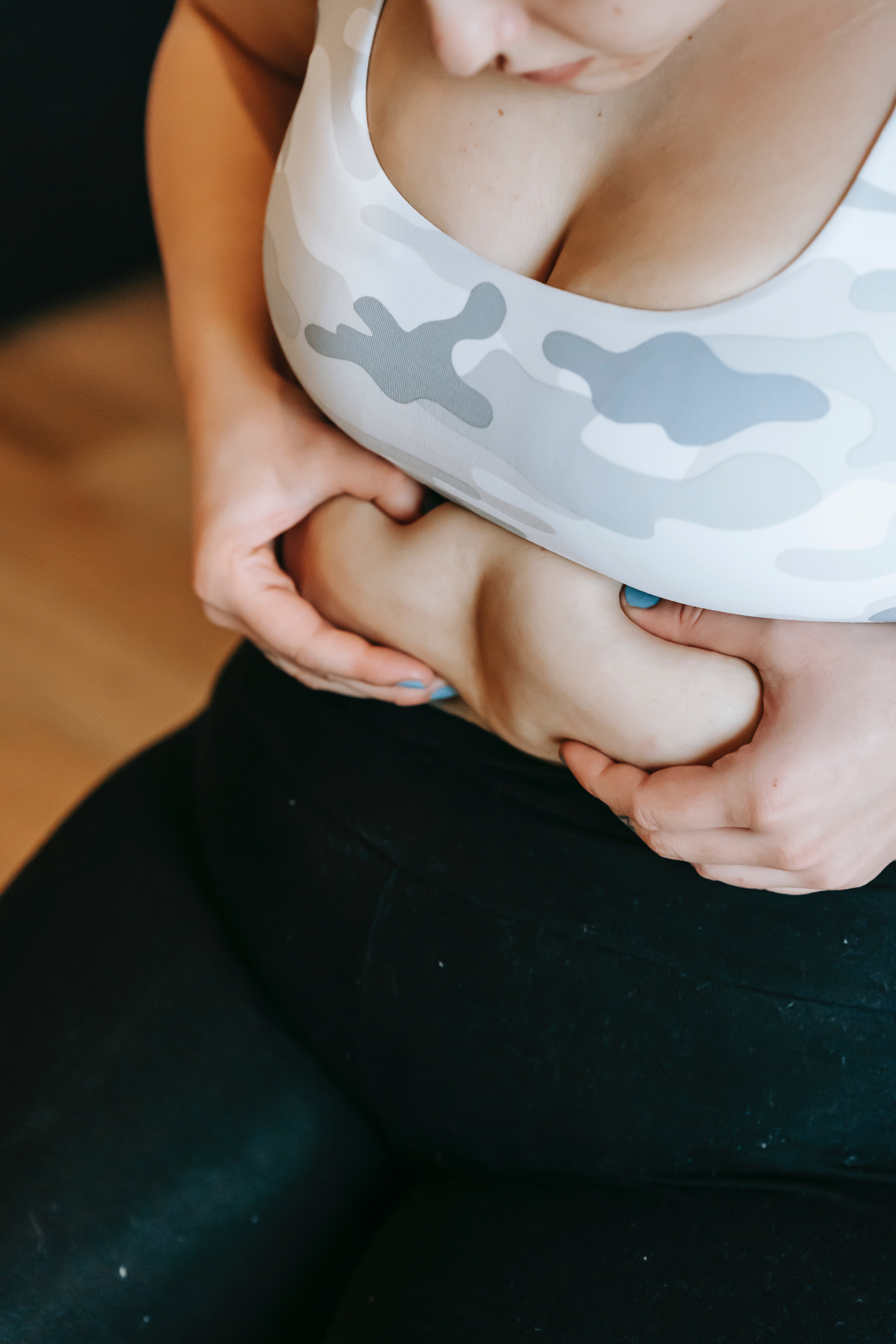


If you follow the science, you know that weight loss is not the same as fat loss. You can lose weight by eliminating water weight, burning fat, or using lean muscle tissue as a source of energy. The ideal is to burn fat and not burn muscle tissue. Losing fat and building muscle tissue improves body composition, making it easier to lose weight. Muscles require more calories for maintenance than fat tissue does, so it boosts your metabolism.
The body uses fat to create energy.
Fat doesn’t just change to energy. It also doesn’t break apart and flush out waste material. The body stores it as triglyceride. That contains carbon, oxygen, and hydrogen. That triglyceride molecule has to revert to the original components via oxidation. That changes the fat to molecules of oxygen, carbon dioxide, and water that are waste.
You aren’t going to get the results you want if you do only steady-state cardio.
Steady-state cardio does burn tons of calories, but those calories come from both fat and lean muscle mass. That means you lose weight, but you won’t necessarily lose fat. When you do strength training, you also burn a lot of calories, but you’re also building muscle. The calories burned come from fat. Building more muscle tissue gives your metabolism a boost. You can make your strength training workout a HIIT workout that burns calories even faster. HIIT isn’t a specific workout, but a way of doing any workout that modifies the intensity. It goes from high intensity to recovery and back.
Eat healthy and include all macronutrients.
Your body needs carbohydrates for the energy required to work out. Carbs also contain fiber, vitamins, minerals, and phytonutrients necessary for good health and fat burning. You won’t lose weight if you don’t have adequate healthy fat in your diet. The body needs healthy fat to burn fat. Fatty fish contains omega-3, a fatty acid, just like another fat, MCT—medium chain triglycerides, can boost fat burning in the body. Protein is necessary to build muscle tissue. You should have about 1.5 grams of protein per pound of body weight.
- Don’t over-exercise and don’t do strength training every day. Strength training makes microtears in muscles that take about 49 hours to heal. If you don’t give your muscles a chance to recover, it causes loss of muscle tissue.
- If you’re losing inches, but weigh the same, you’re losing body fat and building muscle tissue. Muscle tissue weighs more per cubic inch than fat tissue does. It’s like comparing a pound of feathers to a pound of iron. The iron container will be smaller.
- Drink more water to lose more fat. Not only does water make you feel fuller, but it also increases your energy, and boosts your metabolism. When you break down fat, adding water to the fat is the first step in the process. If you’re dehydrated, the process is more limited.
- Eat a snack after your workout that’s high in protein and carbs. It helps with recovery and aids in building muscle tissue. Don’t cut calories too much. Your body senses starvation and burns fewer calories.
For more information, contact us today at Travel Trim
